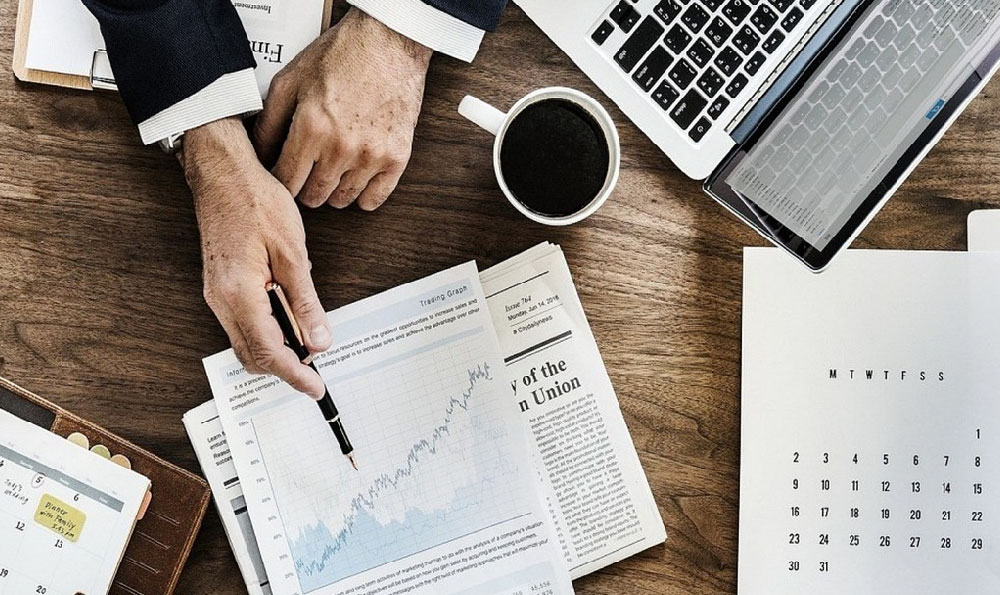
Goodwill, that intangible asset appearing on a company's balance sheet after an acquisition, often raises eyebrows. Where does this “goodwill money” actually go? And how is it ultimately used after the acquisition is complete? Understanding the intricacies of goodwill and its post-acquisition implications is crucial for investors, business owners, and anyone seeking a clearer picture of corporate finance.
Understanding Goodwill: More Than Just a Line Item
Goodwill is not a tangible asset like cash or equipment. It represents the excess of the purchase price of a company over the fair value of its identifiable net assets (assets minus liabilities). In simpler terms, it's the premium a buyer is willing to pay for a company beyond its physical and financial assets, reflecting intangible factors like brand reputation, customer relationships, intellectual property, and skilled workforce.

Imagine Company A acquires Company B for $10 million. Company B's identifiable net assets are valued at $8 million. The $2 million difference represents goodwill. This $2 million doesn't disappear into a black hole. It reflects the acquirer's belief that Company B possesses something special – a competitive edge, market position, or future growth potential – that justifies the higher purchase price.
The Initial Allocation: A Paper Trail, Not a Transfer of Funds
It's critical to understand that "goodwill money" isn't directly transferred to the seller of the acquired company. The seller receives the agreed-upon purchase price, which is then allocated among the various assets and liabilities of the acquired company on the acquirer's balance sheet. Goodwill is simply the residual amount after this allocation.
Therefore, the seller benefits from the overall acquisition price, which includes the premium that ultimately becomes goodwill on the buyer's books. The money is used by the selling company as they see fit - perhaps reinvesting it into other ventures, paying down debt, or distributing it to shareholders. The allocation to goodwill is purely an accounting treatment on the buyer’s side.
Post-Acquisition Usage: Leveraging Intangibles for Growth
After the acquisition, the acquirer aims to leverage the intangible factors that contributed to the goodwill in the first place. This might involve:
- Capitalizing on Brand Recognition: Integrating the acquired company's brand into the acquirer's existing offerings to expand market reach and customer loyalty. If the acquired company had a strong brand, the acquiring company benefits from brand recognition and customer loyalty.
- Synergies and Cost Savings: Streamlining operations, eliminating redundancies, and leveraging economies of scale to improve efficiency and profitability. This is often a key driver behind acquisitions and helps justify the premium paid.
- Access to New Markets and Technologies: Expanding into new geographic regions or adopting innovative technologies developed by the acquired company.
- Retaining Key Talent: Integrating skilled employees from the acquired company into the acquirer's workforce to enhance expertise and innovation. This ensures the acquirer benefits from the knowledge and skills that contributed to the acquired company's success.
The success of these post-acquisition strategies directly impacts the value of the goodwill. If the acquirer effectively integrates the acquired company and leverages its intangible assets, the goodwill is considered to be performing well.
Goodwill Impairment: When the Value Vanishes
Goodwill is not amortized (gradually written down) like other assets. Instead, it's subject to impairment testing at least annually. An impairment occurs when the fair value of the acquired company (or a reporting unit containing the goodwill) falls below its carrying value on the balance sheet. This indicates that the expected future benefits from the acquisition have diminished.
Several factors can lead to goodwill impairment:
- Poor Integration: If the acquirer fails to effectively integrate the acquired company, it may not realize the anticipated synergies and benefits.
- Economic Downturn: A decline in the overall economy or in the specific industry of the acquired company can negatively impact its performance.
- Competitive Pressures: Increased competition can erode the acquired company's market share and profitability.
- Strategic Missteps: Poor strategic decisions by the acquirer can damage the acquired company's prospects.
When an impairment occurs, the company must write down the value of the goodwill on its balance sheet, which reduces its net income and shareholders' equity. This is a non-cash charge, meaning it doesn't involve an actual outflow of cash, but it signals to investors that the acquisition may not have been as successful as initially anticipated.
The Investor's Perspective: Due Diligence is Key
For investors, understanding goodwill is crucial for assessing the true value of a company. High levels of goodwill on a company's balance sheet can be a red flag, especially if the company has a history of acquisitions. Investors should carefully scrutinize the company's post-acquisition performance and assess the likelihood of future impairments.
Furthermore, it's essential to consider the industry in which the company operates. Some industries, such as technology and pharmaceuticals, tend to have higher levels of goodwill due to the importance of intangible assets like intellectual property and brand recognition.
Conclusion: Goodwill as a Reflection of Expectations
Goodwill is not a simple concept. It's a complex accounting construct that reflects the premium a buyer is willing to pay for the intangible assets of an acquired company. While the "goodwill money" doesn't directly flow to a specific destination, its creation signifies an expectation of future benefits and synergies. Successful post-acquisition integration and strategic execution are crucial for preserving the value of goodwill and delivering returns to shareholders. Conversely, impairments serve as a reminder that acquisitions don't always pan out as planned, highlighting the importance of thorough due diligence and sound decision-making.





